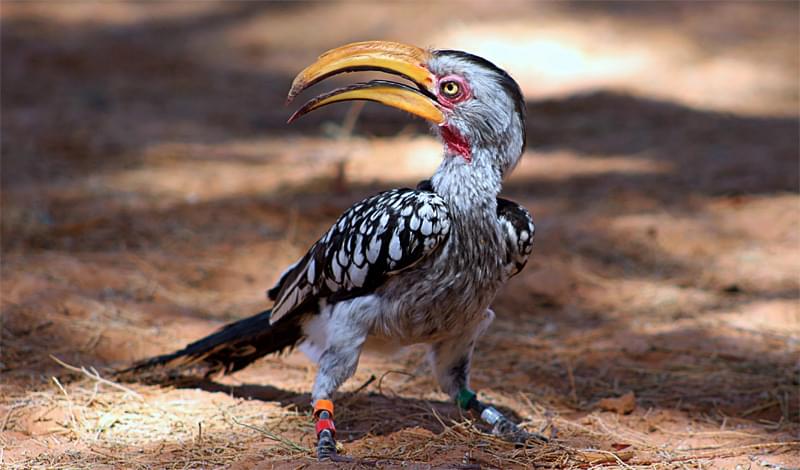The animals that inhabit these arid regions are already suffering the consequences. For example, earlier research has shown that multiple bird species are breeding earlier and for a shorter amount of time, impairing their reproductive success.
“There is rapidly growing evidence for the negative effects of high temperatures on the behaviour, physiology, breeding, and survival of various bird, mammal, and reptile species around the world,” said first author Dr Nicholas Pattinson, of the University of Cape Town. “For example, heat-related mass die-off events over the period of a few days are increasingly being recorded, which no doubt pose a threat to population persistence and ecosystem function.”
The southern yellow-billed hornbill’s distribution includes most of southern Africa, with a large portion falling within the Kalahari Desert. Known for its peculiar breeding and nesting strategy, the bird is a socially monogamous species. They are cavity nesters; the female seals herself into the nest cavity and stays there for an average of 50 days to brood and care for chicks, with only a narrow vertical slit for an opening, through which the male feeds the female and chicks.










Comments are closed.